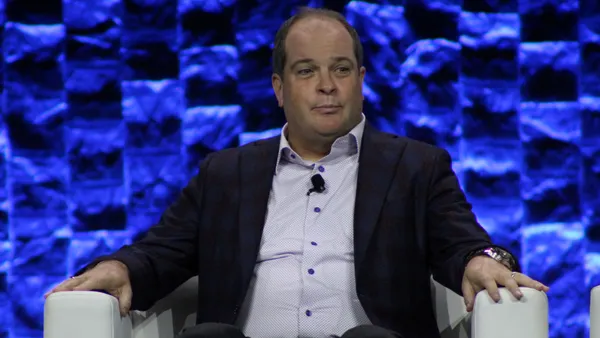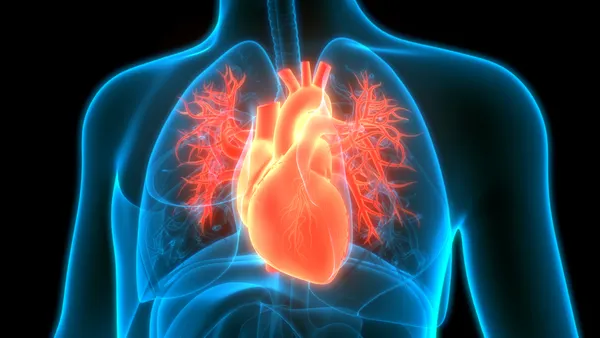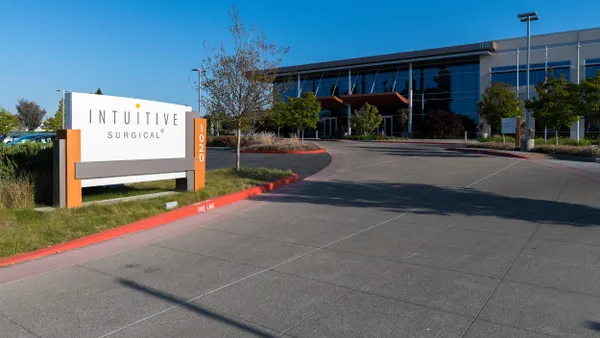Dive Brief:
- FDA has issued a final rule updating the description of eight medtech software functions that no longer meet the definition of a medical device subject to regulation under the 21st Century Cures Act.
- Software functions that will no longer be defined as a device include those used to transfer, store, convert or display clinical laboratory tests, medical images, or other medical device data and results. However, software that interprets or analyzes such data will continue to fall within the definition of a device.
- FDA said it issued the final rule without notice and comment because it does not impose any new regulatory requirements. The rule only amends certain classification regulations to reflect changes made to the Food, Drug and Cosmetic Act by the Cures Act. The update is effective with Monday's publication of the rule.
Dive Insight:
The 21st Century Cures Act of 2016 was designed as a catalyst to accelerate medical product development and reduce regulatory burdens for researchers and manufacturers. The law ushered in initiatives such as FDA's breakthrough device program as well as some exemptions from 510(k) premarket review for low-risk devices.
Removing additional software functions from the definition of a device is the latest step in the long deregulatory process launched by the Cures Act.
In September 2019, FDA released a revised draft guidance aimed at clarifying regulation of clinical decision support software after encountering industry pushback. It also published a final guidance document explaining what types of digital health products, such as fitness apps, are not defined as medical devices under Cures.
The latest guidance excludes from FDA regulatory oversight software functions intended for the retrieval, receipt or transmission of data, because they are forms of information transfer, as well as functions used in data maintenance, which is a form of storage. But software that analyzes medical device data and results, in addition to transferring, storing or displaying it, or converting formats, remains subject to FDA regulation.
Specific software functions covered in the guidance are those that maintain and retrieve lab data; receive and display data on continuous glucose monitors; use fluorescent signals in automated indirect immunofluorescence microscopes; transfer, store and display lab test results; transmit and display home uterine activity monitoring data; store and retrieve medical images; process and manipulate medical images; as well as provide archiving and communications for medical images.
FDA said it is changing the regulations covering Picture Archiving and Communications System (PACS), which have been renamed Medical Image Management and Processing System, to reflect the fact that the storage and display of medical images no longer fall within the definition of a device. At the same time, the agency said the current PACS regulation includes complex image processing functions that remain as medical device functions, such as image manipulation, enhancement, or quantification.
The regulatory status of device hardware that is specifically intended to transfer, store and display data, such as electrical hardware, magnetic and optical discs and physical communications media, remains unchanged.
The Cures act also specifies that software will not be excluded from the definition of a device if FDA finds that the function would be reasonably likely to have serious adverse health consequences. Further, software used in the manufacture and transfusion of blood and blood components is not excluded.












